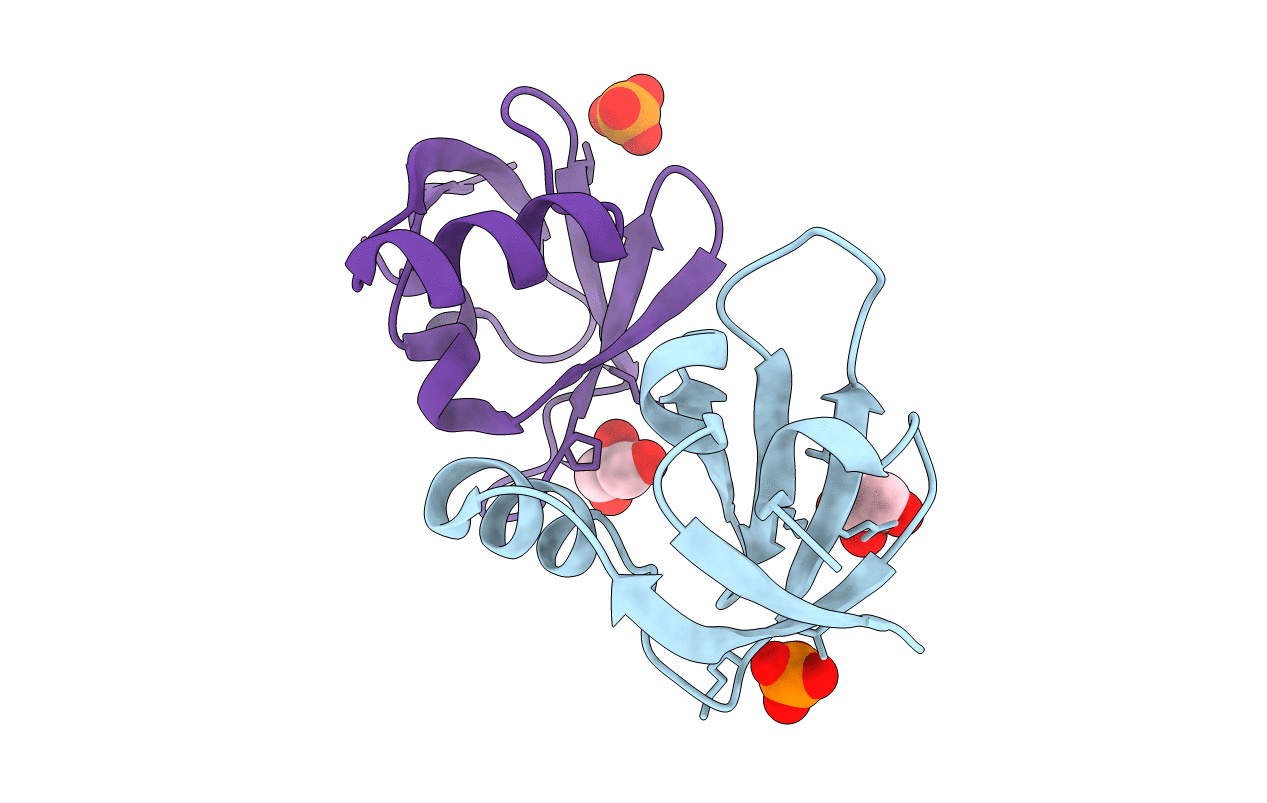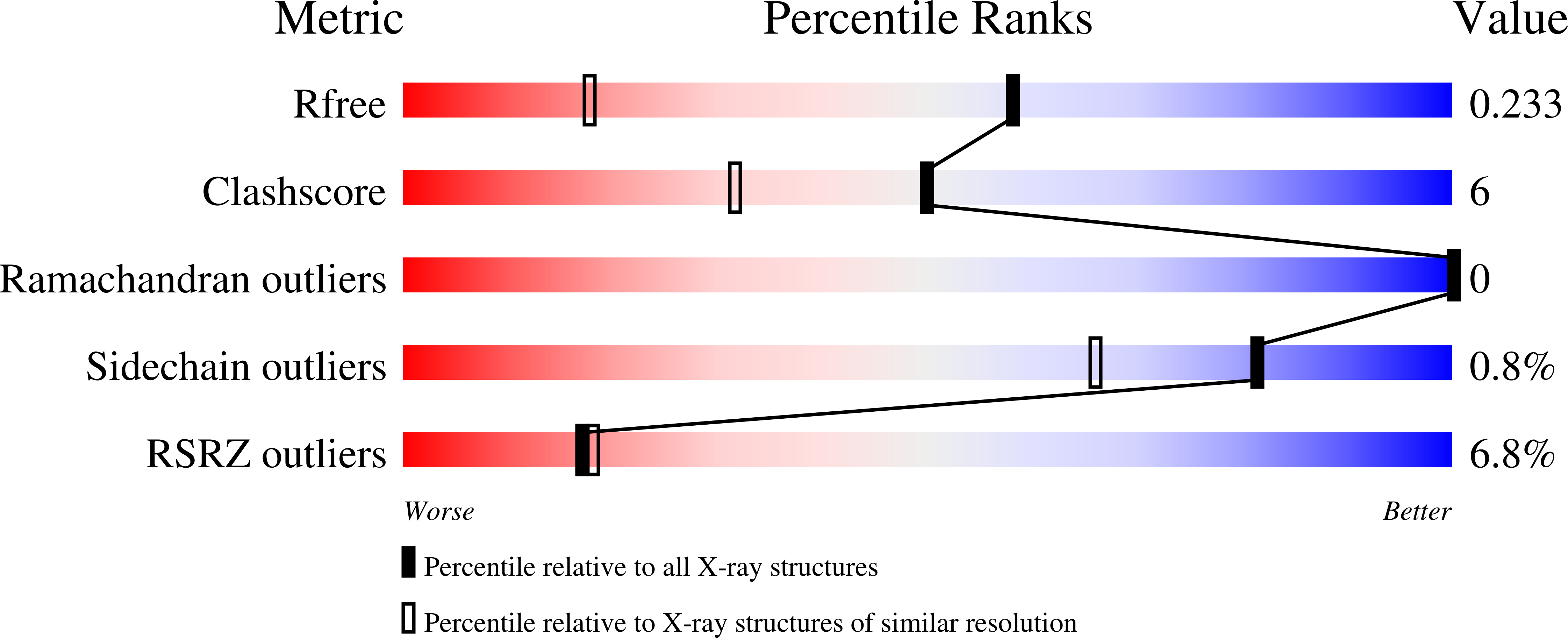
Deposition Date
2021-06-24
Release Date
2022-04-27
Last Version Date
2023-10-18
Entry Detail
PDB ID:
7R7B
Keywords:
Title:
1.50 Angstroem Crystal Structure of FeoA from Bacteroides fragilis
Biological Source:
Source Organism:
Bacteroides fragilis (Taxon ID: 817)
Host Organism:
Method Details:
Experimental Method:
Resolution:
1.50 Å
R-Value Free:
0.23
R-Value Work:
0.19
R-Value Observed:
0.19
Space Group:
C 1 2 1


